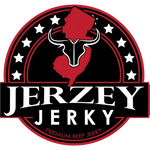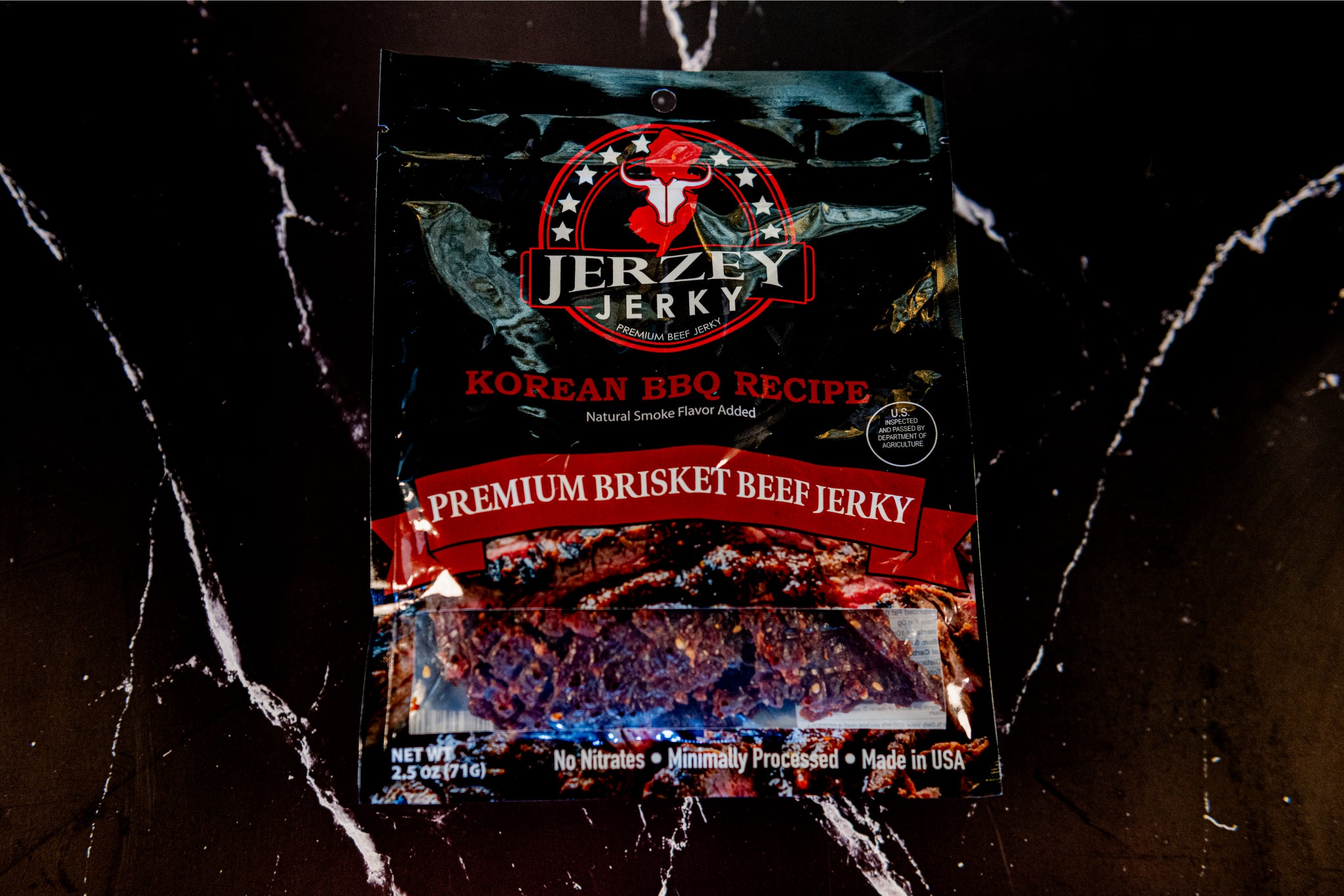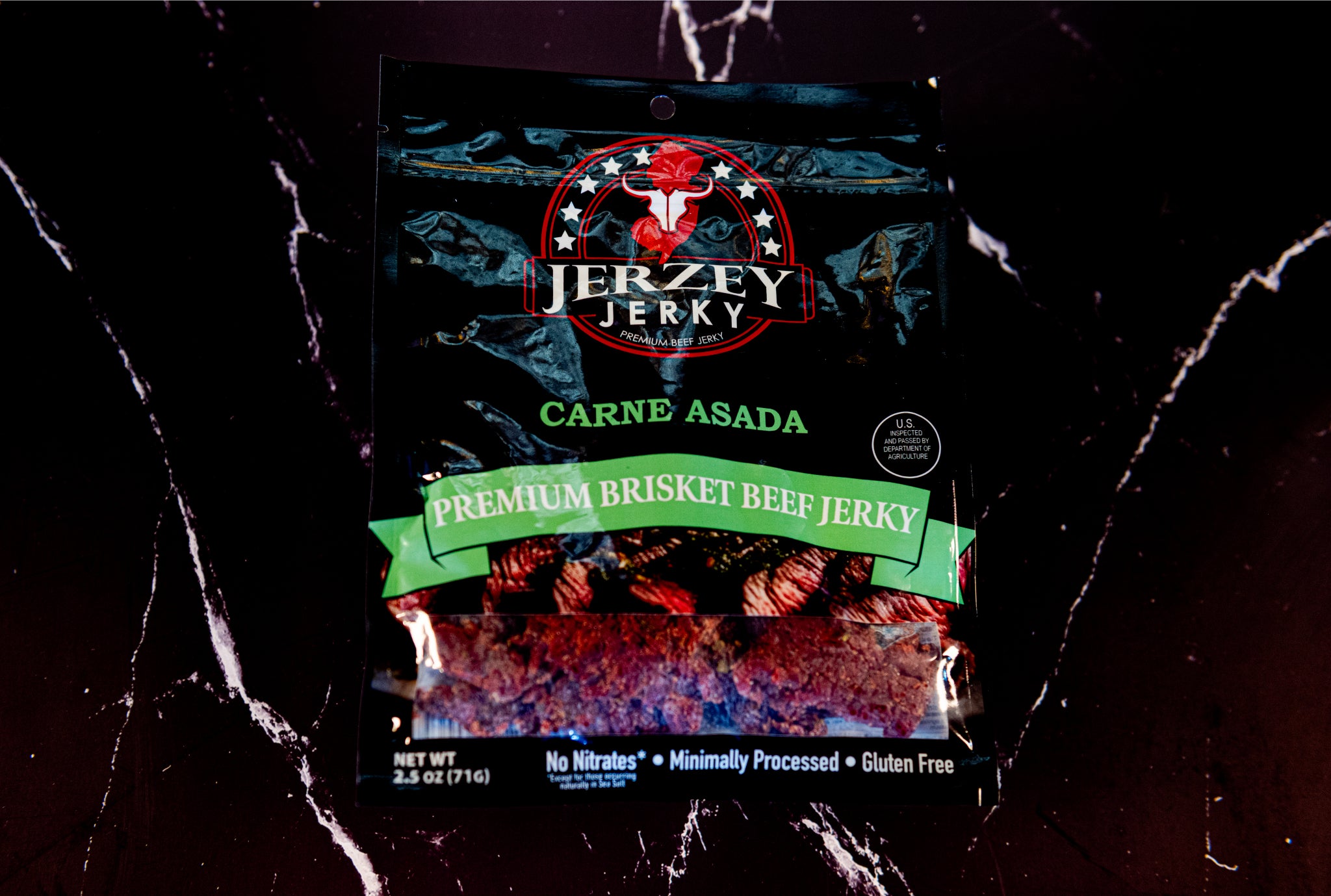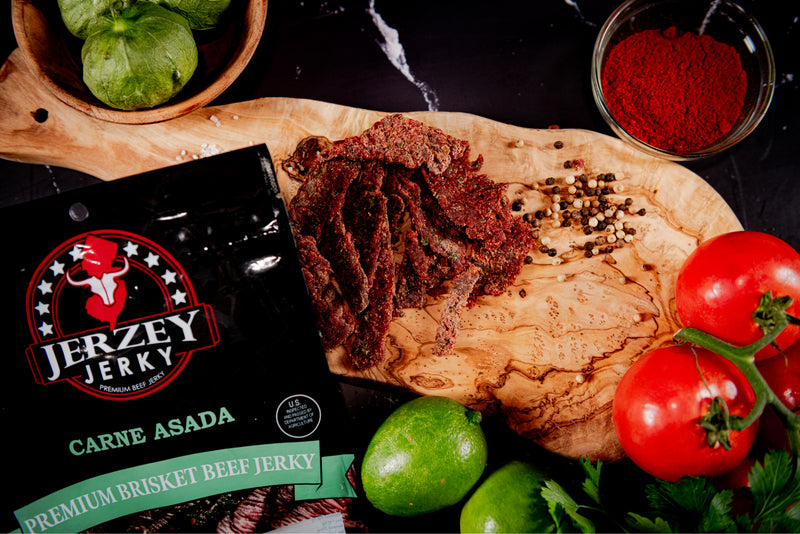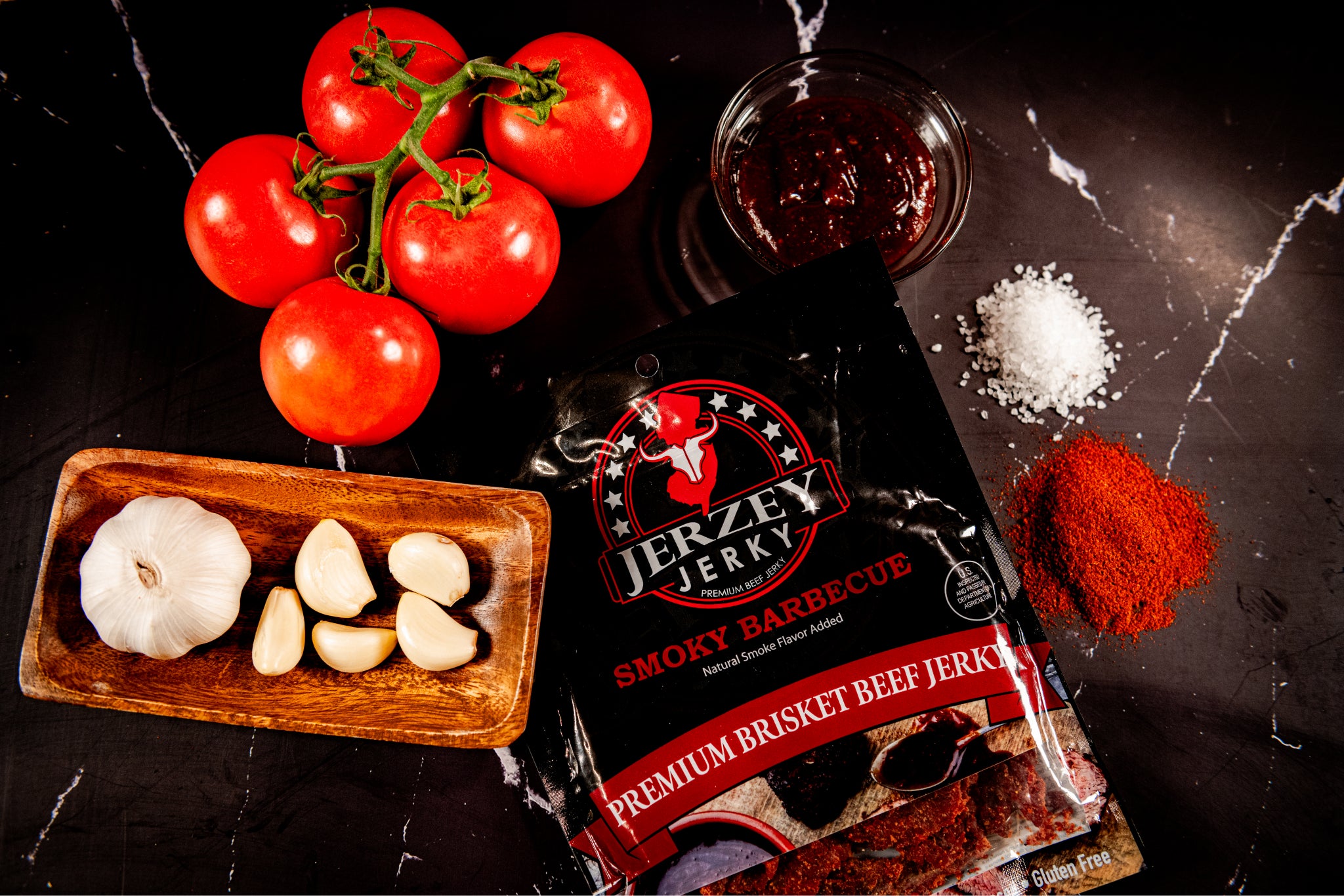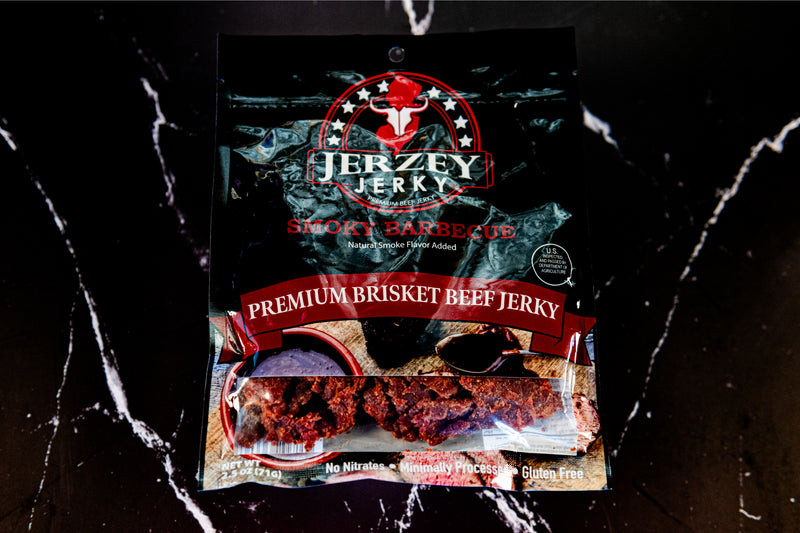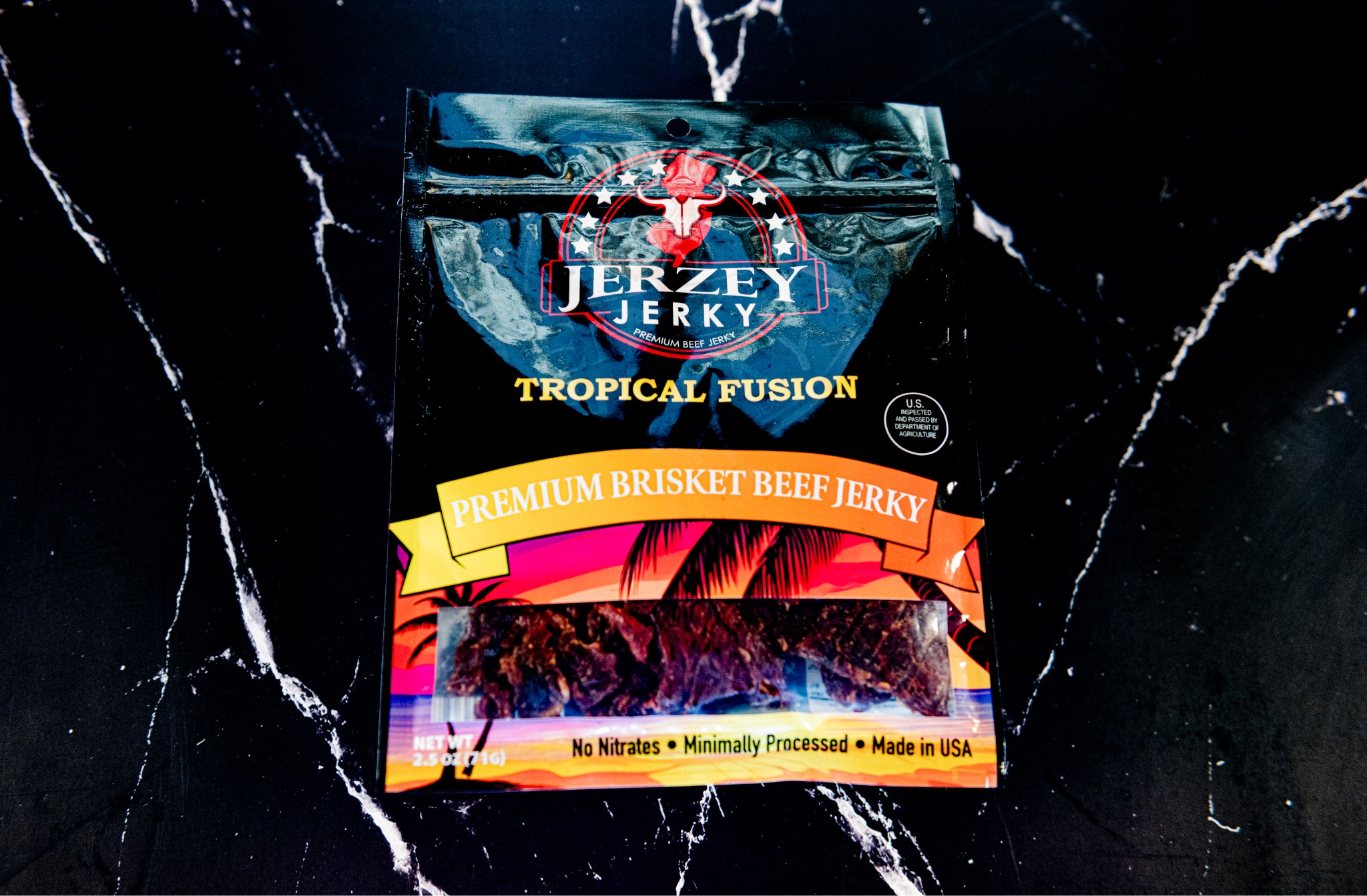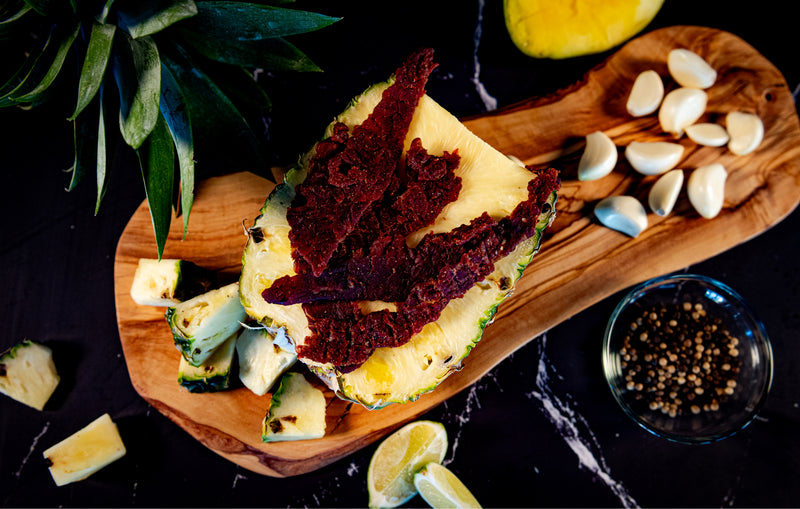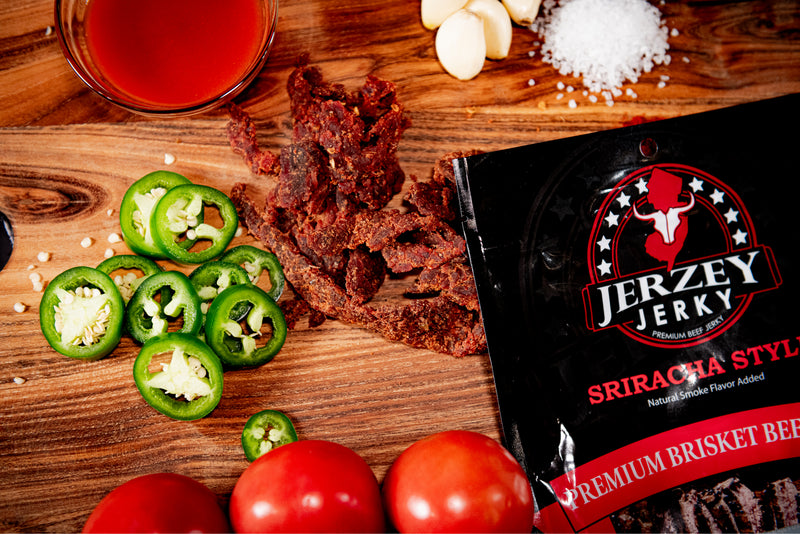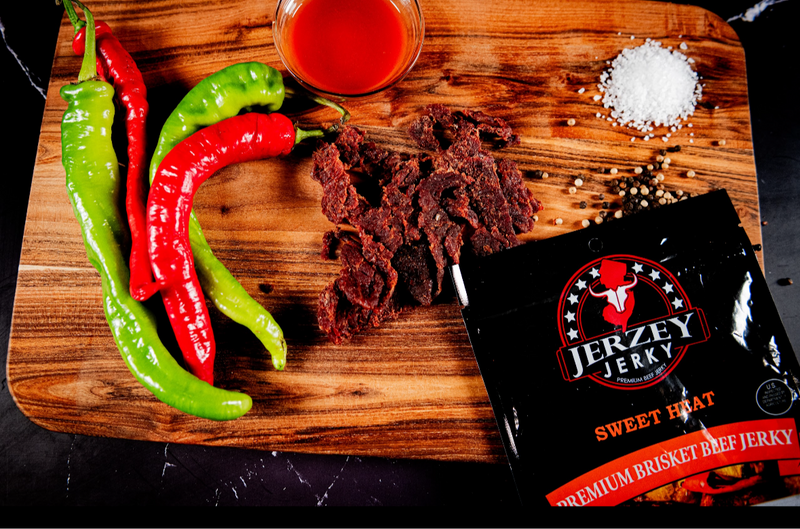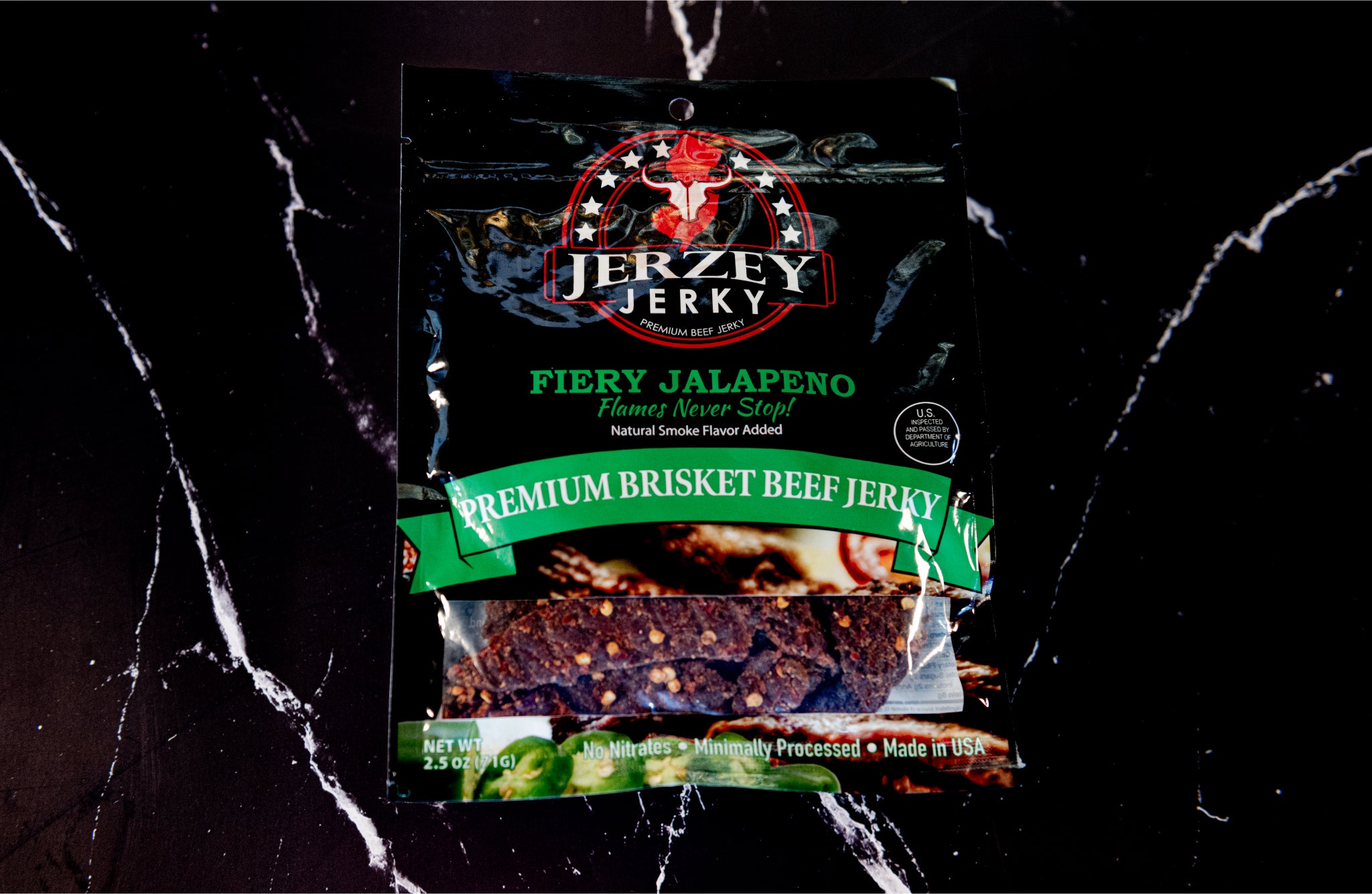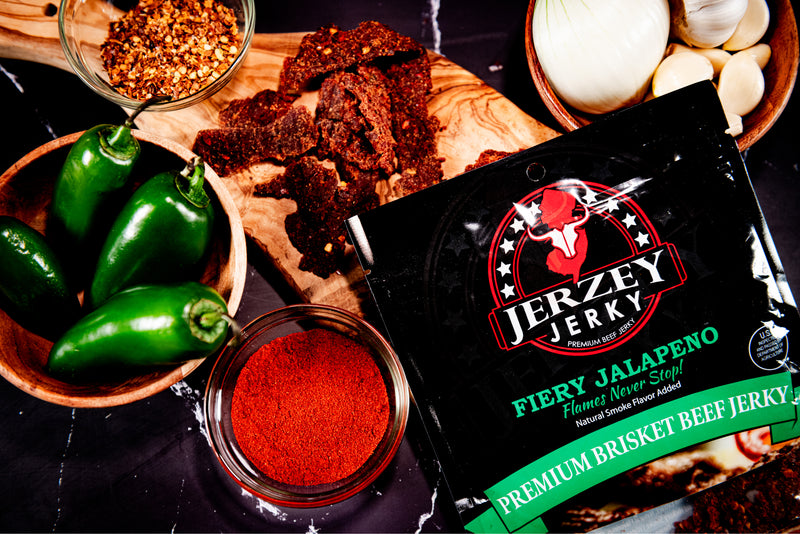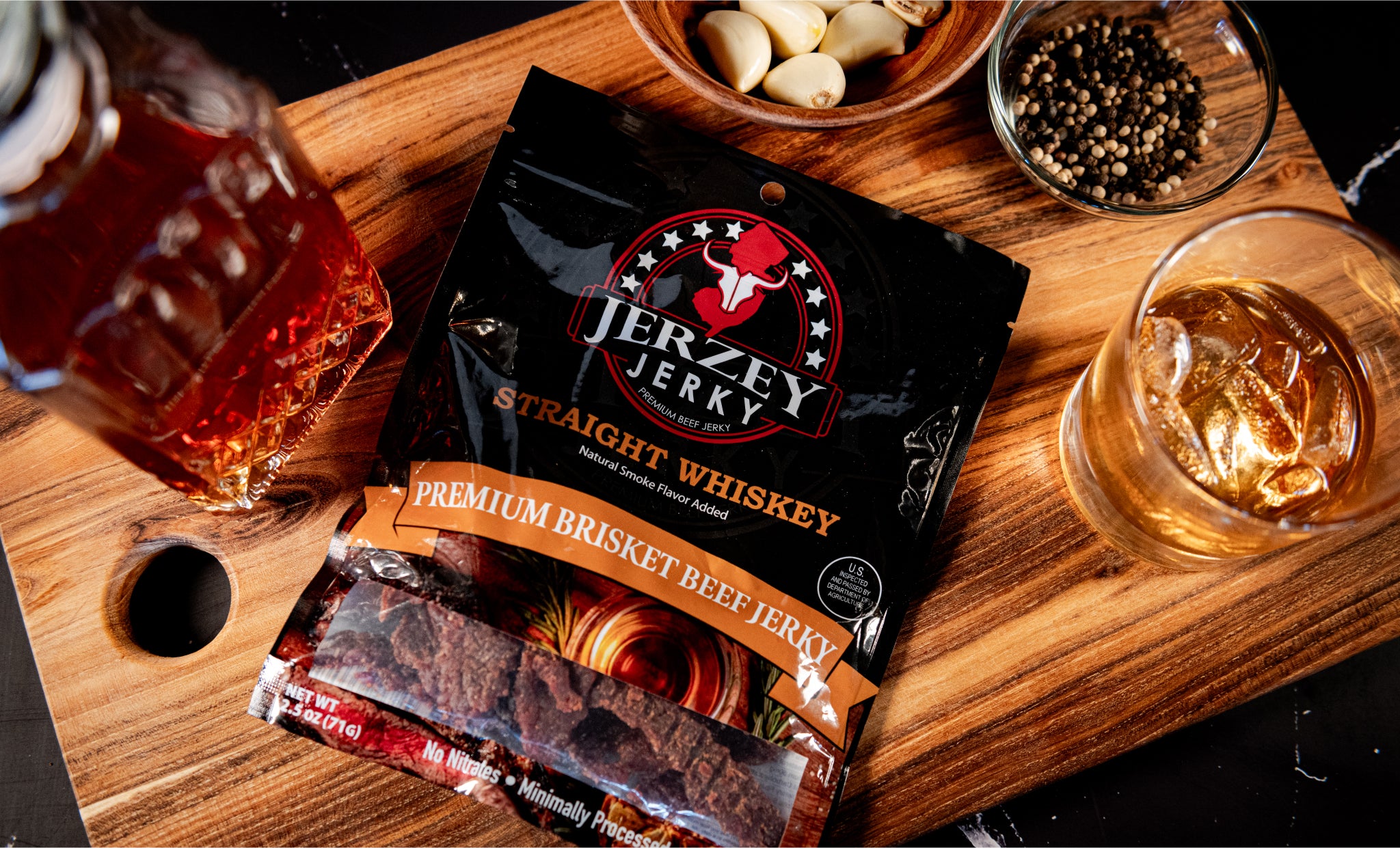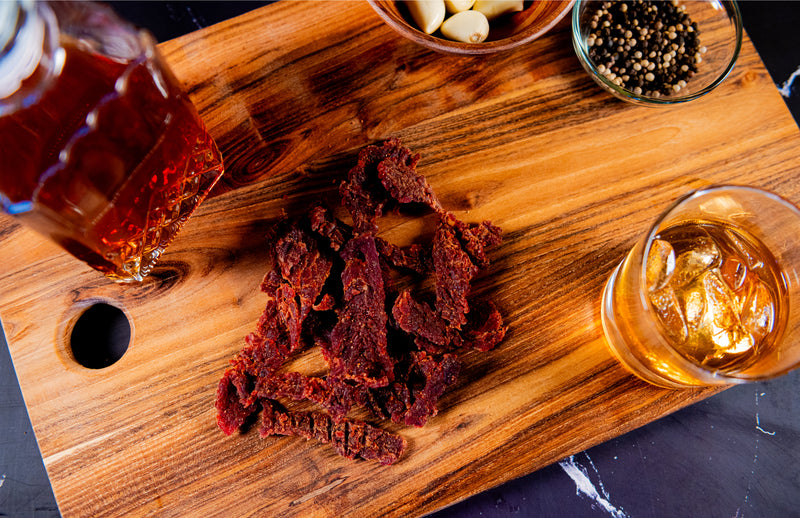
Ground Beef: Characteristics, Nutritional Value & How to Identify
Ground beef refers to beef that has been minced with a grinder. It is no particular cut, but a combination of other beef portions. These segments contain chuck, round, sirloin or trimmings of bigger cuts that have gone through steak or roast production.
The USDA labeling regulations ensure that no more than 30% of ground beef is allowed to be fat. Chuck is normally higher in fat than sirloin is. Trimmings even out the texture and price. Each mixture provides varying taste and moistness during cooking.
It is also the most consumed kind of beef at home. Kansas State University (Meat Science Department, 2021) states that more than 4 out of 10 beef meals consumed in the U.S. contain ground beef. The rapid preparation as well as its deliciousness in taste is a support to this trend.
Ground beef is consumed in at least 5 large dishes: burgers, tacos, meatballs, pasta sauces, and casseroles. Such foods can be found in school lunch, fast food, and home kitchens in various cultures.
What is the Nutritional Value of Ground Beef?
Here are five important nutritional facts of ground beef:
- Calories: Calories vary with fat percentage. 70% lean boasts 332, 80% lean boasts 254 and 90% lean boasts 218 cal/serving. Reduced-fat blends contain fewer calories and are less rich-tasting.
- Protein: Beef provides approximately 25 grams of whole protein per serving. This helps the muscles, bones, and tissue repair. Beef that has been made leaner contains more protein than fatty cuts.
- Fat Content: Fat varies between 30 percent in 70/30 beef to 5 percent in 95/5 mixes. Adding more fat is a source of flavor and moisture. Less amount of fat implies less energy and a tougher texture once cooked.
- Vitamins & Minerals: It includes vitamin B12, B6, niacin, zinc, iron and selenium. These help in the energy consumption, circulatory system and defense. Plant iron is not as well absorbed as beef iron.
- Health Benefits: Ground beef provides iron, zinc and the B vitamins. The fat blend is higher and saturated. Eating lean beef can balance nutrients and decrease the risks associated with the heart.
Shop the best-selling Korean BBQ Beef Jerky - Brisket & Carne Asada Beef Jerky - Brisket!
What are the Characteristics of Ground Beef?
Here are the four primary traits of ground beef:
- Texture: The ground beef is soft and crumbly and easily molds. Fine grind makes the cooking fine and good binding with other ingredients. This type of texture aids in both fast frying and slow cooking without losing its shape or drying out.
- Flavor Profile: The content of fats has a great influence in taste. Fatter blends such as 80/20 have a richer on the palate, juicy flavor with a beefier aroma. Such blends with leaner as 90/10 are milder in taste, have firmer bite, less moisture, and fewer tender in cooking.
- Color: Fresh beef appears to be bright red on top as a result of being exposed to oxygen. It is dark purple or brownish inside and airless. The inside becomes bright when exposed. Patches of dull brown or gray indicate spoilage or bad storage conditions.
- Versatility: Ground beef can be used in at least 10 recipes, including fast burgers and slow-cooking stews. It blends well with spices and fillers, adjusts to various cuisines and it has a high level of holding moisture and therefore it is a favorite ingredient in every part of the world.
How to Identify Quality Ground Beef?
Here are four obvious indicators of good ground beef:
- Packaging: Good beef is tightly or vacuum-packed to keep air and bacteria out. This helps to avoid spoilage and removes leakage. Torn or broken wrappings result in pollution and cases of rapid spoilage, thereby compromising the quality as well as safety of meat.
- Color: The outside of fresh ground beef appears bright cherry red. The interior can have a slightly brown interior because of decreased oxygen, which is normal. Big gray, green, or dull spots are evidence of spoilage or mishandling and must be avoided.
- Labeling: The ratio numbers of lean-to-fat need to be indicated in the label, like 80/20 or 90/10. This educates buyers on cooking fat and nutrition information. Packaging date and USDA inspection marks are also appropriate labeling to ensure safety.
- Smell: Fresh ground beef smells mild and clean. The sour or sharp or rotting smell is an indicator of bacterial growth and spoilage. To prevent food poisoning and ensure good food taste, do not cook bad-smelling meat.
What are the Different Types of Ground Beef?
Here are the five typical forms of ground beef:
- Regular Ground Beef: Normal beef ground is high in fat and is juicy and tasty. It works well in slow-cooked food such as chili and sloppy joes, where fat gives it richness and juiciness. Such fat makes the meat soft and improves its flavor in long cooking.
- Ground Chuck: Ground chuck contains 20 percent fat and 80 percent lean meat. Juicy texture and rich flavour is provided by this ratio. It binds and sticks together well thus making it ideal in burgers that require moisture and beefy flavor without being too greasy or dry.
- Ground Round: Ground round contains 15% fat and 85% lean which is leaner. It is firmer and is used in tacos and casseroles. It provides enough body but not too fatty, which can replace in recipes that need less fat and still be tasty.
- Ground Sirloin)Ground sirloin is lean, usually 90 percent or leaner. It is a healthier, more fat and calorie-dense option. This low-fat meat is suitable in recipes and in dishes that require a firm texture but without the juicy quality of richer mixtures.
- Extra-Lean: Extra-lean beef is lean meat containing 93-96% of lean content with minimal amounts of fat. It can be included in low-fat diets but the food dries easily. Recipes require water or close preparation to ensure that the meat is not tough.
How to Cook Ground Beef?
Here are five cooking procedures of ground beef correctly:
- Sautéing / Pan-Frying: This is the best method to break ground beef into crumbles. Cook it in a hot pan until brown and cooked through. To prevent clumps, always stir to facilitate even browning of tacos, sauces, or a stir-fry meal.
- Grilling: Burgers and patties made of ground beef are well suited to grilling. Mold them into an even shape, place on a hot grill and cook till firm and brown on all sides. The grill gives a smoky taste without drying out the inside.
- Baking: Cooking is used on meatloaf and casseroles. Pour the seasoned beef mixture into a dish or shape and bake until cooked. This gradual, uniform heat aids the meat in maintaining shape as well as taking in tastes of other products.
- Simmering: Simmersing is suitable to ground beef when it is used in sauce, curries, and soups. First roast the beef, and then cook it in liquid. This process allows the flavors to mix together and mellow out the meat, forming substantial texture in meals such as the Bolognese or chili.
- Seasoning Tip: Season ground beef when cooking, not before. Salt can be added at a very young age to attract moisture. Season using simple spices such as salt, pepper, garlic and chili when cooking to make sure that the meat absorbs the flavors without drying.
What are the Buying & Storage Tips for Ground Beef?
Here are four tips to purchase, store and handle ground beef to prevent spoilage:
- Buying: Take the packs that are cold and are bright red on the outside. Never use brown or gray patches. Labeled check of the lean-to-fat ratio and expiration date to check freshness and content of pure fat in your recipe.
- Storage: Store ground beef in the refrigerator (1 to 2 days) when to be used. For longer storage, freeze it. Well-packed frozen ground beef can last 3 to 4 months without freezer burn and bacterial contamination.
- Handling: Cook ground beef to an internal temperature of 160 F (71 C). Kills bad bacteria such as E. coli. Check the doneness with a food thermometer, particularly burgers, meatballs, and other thick areas.
- Defrosting: Allow frozen ground beef to thaw in the refrigerator, but never at room temperature. Slow thawing prevents the growth of bacteria. To defrost faster, place contents in a bag and defrost under cold water or in a carefully defrost setting of the microwave.
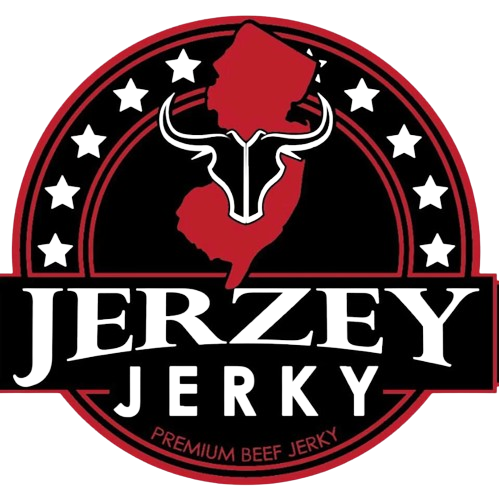
 2025-09-11
2025-09-11
 Wayne Holland
Wayne Holland

